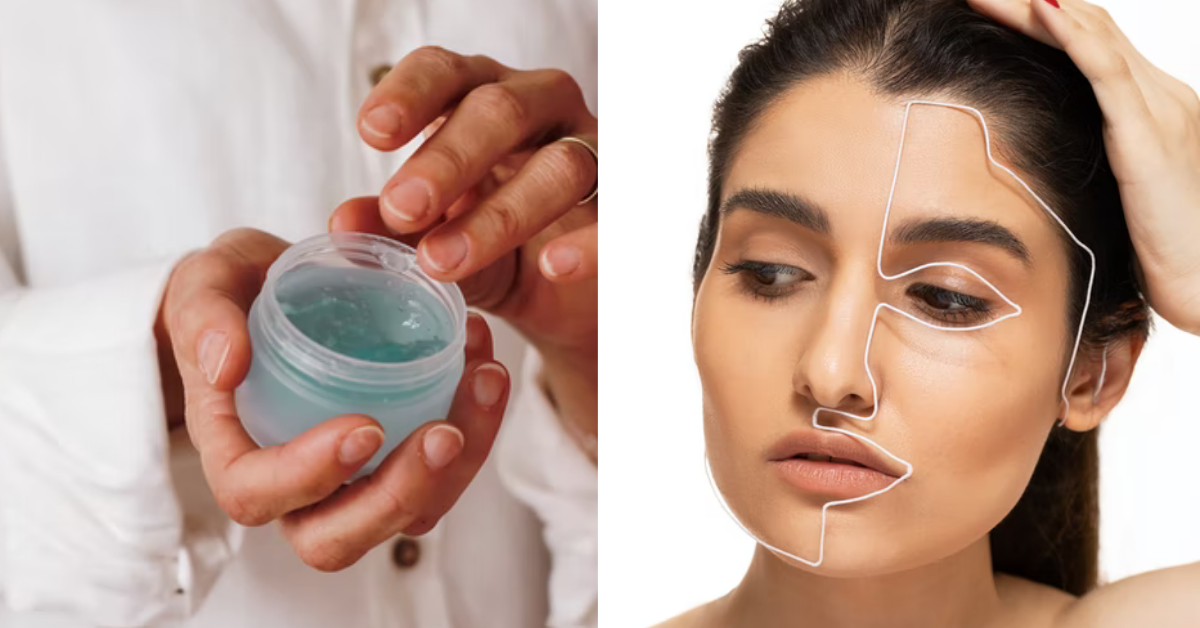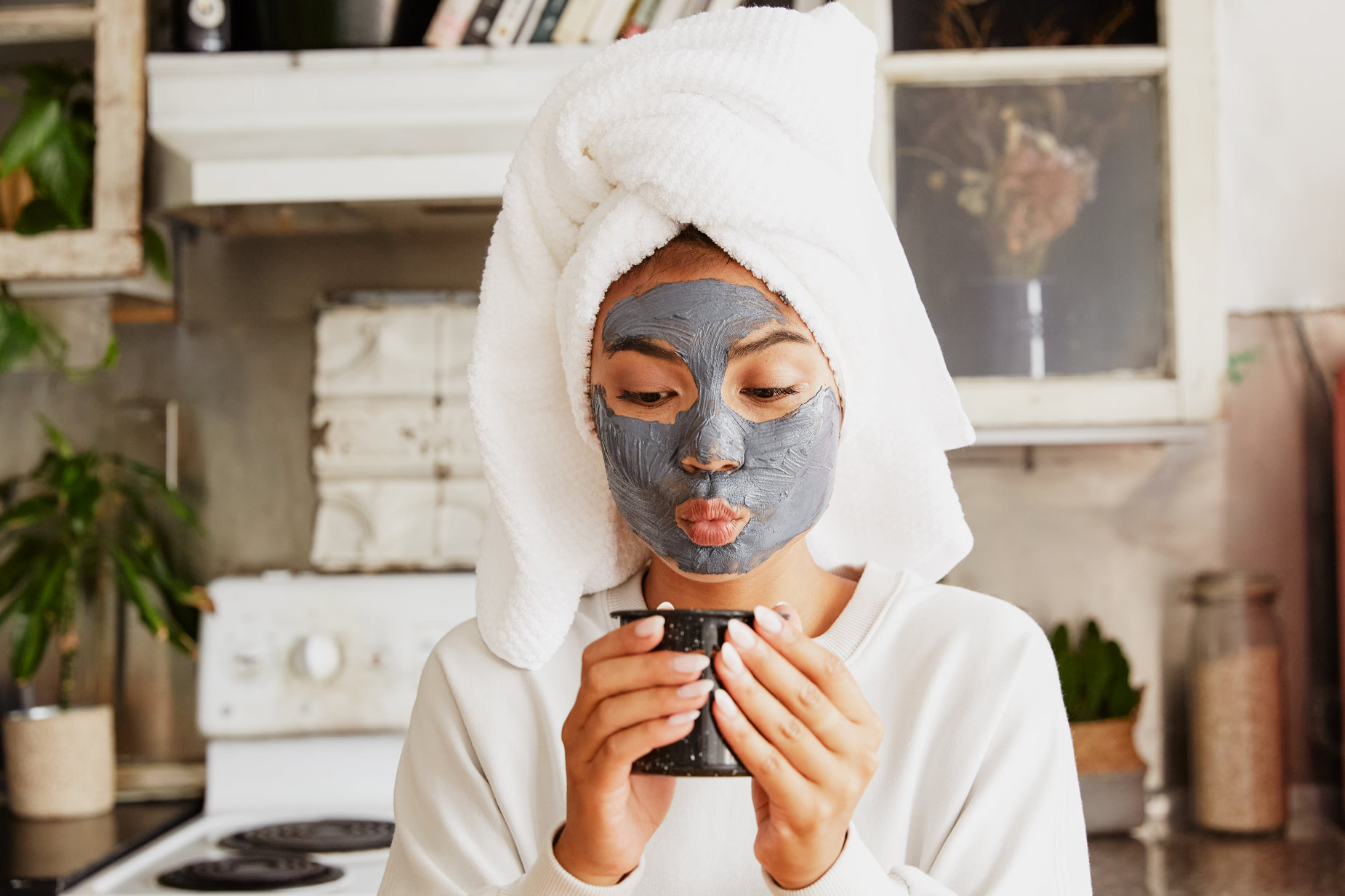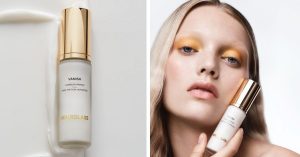Skin
How To Determine What Is Your Skin Type And How To Care For It
determine your skin type and how you can care for it
By: Beauty Insider Journalist / March 22, 2022

Our skin is the biggest organ we have; therefore, it is important that we care for it well. The skin on our face, however, is a little trickier and can have different types. It’s vital to correctly identify your skin type to ensure the products in your skincare routine do you good than bad. With that, Beauty Insider is here to help you properly determine your skin type and how you can care for it well.
When it comes to creating a skincare regimen, your skin type is undoubtedly the most crucial aspect to consider. There are five different varieties of skin: oily, normal, combination, dry, and sensitive, each with its own set of advantages and disadvantages. While everyone needs the basics, the ideal solutions for each skin type differ significantly. If you want to create a regimen that actually works for you, you need to know where your skin sits on the skin type continuum.
Contents
The Four Main Skin Types
Oily skin

The production of sebum, the skin’s natural oil, is more than typical in oily skin. Excess oiliness may make the skin look greasy or glossy, and it’s frequently accompanied by skin problems like blackheads and enlarged pores. Because blocked pores are a key cause of breakouts, persons with oily skin are more likely to experience them.
Dry skin
Dry skin is the polar opposite of oily skin; it is skin that lacks sufficient oil. It may appear dull or tight, and extreme dryness can cause cracking, flaking, or peeling. Dehydration and dry skin are sometimes confused, but they’re not the same thing—dehydration is a lack of fluids, and it may affect everyone, regardless of skin type.
Combination skin

Combination skin is characterised by oily skin in some parts of the face and dry skin in others. Oily skin is more common in the t-zone (forehead, nose, and chin), whereas dry skin is more common around the cheekbones, jawline, and hairline.
Sensitive skin
Sensitive skin has an increased sensitivity to stimuli, including certain skincare products. Some people only experience slight irritation when exposed to stress, while others suffer from redness, itching, and pain on a daily basis. Sensitivity, on the other hand, isn’t always evident; sometimes it’s simply about how your skin feels.
Ways To Determine What Your Skin Type Is
The Bare-Faced Method

Examining your bare skin is a simple approach to figuring out your skin type. Begin by cleansing your face with a mild foaming cleanser that is suitable for all skin types. After you’ve finished lathering up, blot your face dry gently with a clean towel and avoid using any skincare products.
After 25-30 minutes, take note of how your skin looks and feels. You most likely have dry skin if it feels tight, dry, and unpleasant, whereas oily skin is characterised by excessive shine. You have mixed skin if you have oily and dry patches on your skin. Irritation denotes sensitivity, and if you don’t have any of these issues, you generally have normal skin.
The Blotting Sheet Method
Pressing a clean blotting paper against different regions of your face is another simple approach to establishing your skin type at home. Hold the sheet up to the light to observe how much oil was absorbed: the more oil on the paper, the oilier your skin will be. Similarly, if there is little to no oil on your skin, you can have dry skin.
Finally, if the blotting sheet only shows modest oil from your T-zone, your skin type is probably mixed or normal. We recommend conducting this test in the afternoon or evening for optimum results—blotting your skin too soon after cleaning will distort the findings.
How To Care For Each Skin Type
Oily skin

Oily skin is especially prone to pimples, shininess, and clogged pores, all of which are caused by excess oil. This skin type might be difficult to care for because it still needs hydration yet does not require any additional oil. If you have oily skin, look for products that give mild hydration and help absorb excess oil without removing your skin’s natural moisture barrier, which acts as your first line of protection against the elements. Exfoliation on a regular basis can also help keep blocked pores and blemishes at bay.
Dry skin
While dryness and dehydration are not the same things, dry skin’s lack of oil makes it less able to retain water. The skin’s natural moisture barrier can’t perform as well as it should if there isn’t enough moisture. This exposes the skin to a variety of issues, ranging from slight discomfort to noticeable symptoms of premature ageing. As a result, the key to caring for dry skin is to use products that assist to nourish and preserve the skin’s natural moisture barrier.
Combination skin
Combination skin can be difficult to care for because you’re dealing with many issues at once rather than just one. We usually recommend moderate treatments for persons with this skin type since they deliver lightweight hydration without weighing down or drying up the skin.
Sensitive skin
Sensitivity is thought to be caused by a breakdown in the skin’s natural moisture barrier, according to experts. When the barrier fails, stresses that it should be able to withstand pass through your skin’s weaker defences, wreaking havoc and producing redness and irritation. We recommend using gentle products designed particularly for distressed skin to keep your skin feeling comfortable.

















